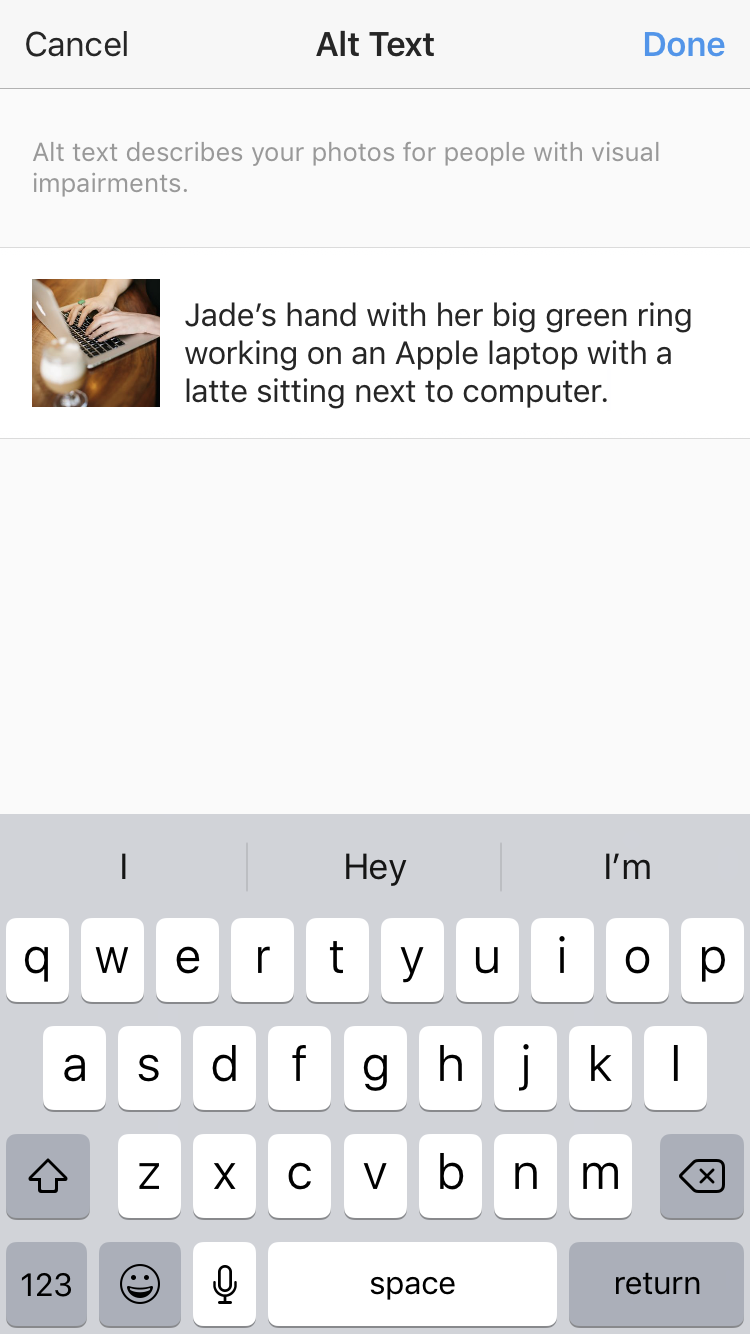I had a conversation with a fellow business owner about how Medical Professionals and Lawyers are "in the Practice" of medicine and law.
Which got me thinking about the term- practice.
It's a curious term, isn't it—the practice of? People say, "I own a medical/dental practice or law practice," because their fields are constantly evolving.
And then I thought about how I, as a digital marketer, am in the practice of marketing.
These professions aren't just jobs but ongoing journeys of learning and refinement. And I'm not about to compare marketing to the level of education medical professionals and attorneys have. I want to make the case for why marketing, especially digital marketing, needs to be considered a "practice" in the same vein.
Let's start with why medicine and law are called practices:
Continuous Learning: Both fields are ever-evolving. New medical treatments and legal precedents emerge constantly, requiring professionals to stay updated.
Application of Theory: While grounded in scientific or legal principles, these professions require the practical application of knowledge to unique situations.
Skill Refinement: Doctors and lawyers hone their skills throughout their careers, improving with experience.
Ethical Considerations: Both involve complex moral decisions, often without clear-cut answers.
Adaptability: Each patient or case is unique, requiring adaptable approaches rather than one-size-fits-all solutions.
Now, let's consider looking at digital marketing and marketing in general through this lens:
Continuous Learning: The marketing landscape changes at breakneck speed, especially in social media. New platforms emerge algorithms shift, and consumer behaviors evolve rapidly. We're always learning, adapting, and growing.
Application of Theory: While we have foundational marketing principles, their application in the real world requires nuance, creativity, and strategic thinking.
Skill Refinement: From copywriting to data analysis, our skills are constantly being honed. Each campaign teaches us something new.
Ethical Considerations: We grapple with privacy, transparency, and social responsibility issues. The ethical use of data and the impact of our messages on society are constant considerations.
Adaptability: Every brand, every audience, and every campaign is unique. We must tailor our approaches to meet specific needs and goals.
The idea of marketing as a practice encourages a mindset of continuous improvement. It acknowledges that we're not just executing tasks but engaging in a craft that requires dedication, ethics, and lifelong learning.
If we began to embrace marketing as a practice, it could elevate our profession in several ways:
Increased Respect: It could help others see the depth and complexity of our work.
Ethical Focus: It emphasizes our responsibility to practice ethically and responsibly.
Professional Development: It encourages ongoing learning and skill improvement.
Client Relationships: It fosters a collaborative approach with clients, working together towards goals rather than simply providing a service.
While digital marketers may not be performing surgery or arguing court cases, we marketers are engaged in a complex, evolving, and impactful human practice. By recognizing digital marketing as a practice, we acknowledge its depth, its challenges, and its potential for positive impact.
So the next time you ask an intern or a family member to take on the role of the company's digital marketing because they are good with social media, keep in mind that it's not just semantics—hiring a professional marketer is a recognition of the skill, dedication, and ongoing journey of growth that our profession demands.
Let's shift the mindset and embrace the practice of marketing, with all the responsibility and opportunity that entails.
If your business is ready for a digital marketing strategy or for a fractional CMO Reach Out.









